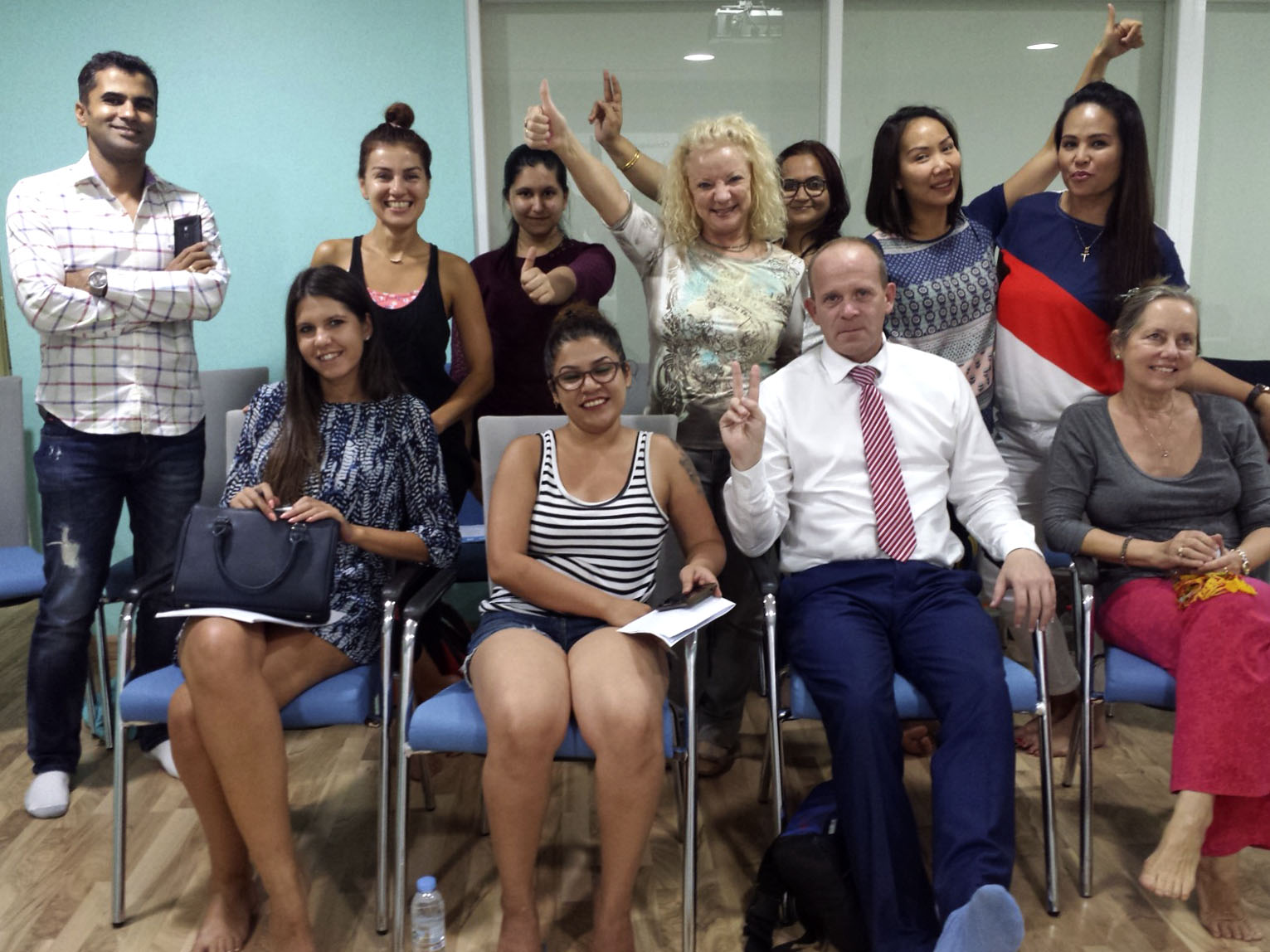Whether you realise it or not, the way you think impacts the way you act. We all make decisions based on our past experiences and those of others we’ve observed, and when we don’t take control of those thoughts and consciously react to them, they become our unconscious biases.
That’s where six-step reframing comes in. This method has proven successful time and time again in helping people overcome their implicit biases and in raising their self-awareness.
Step One: State the Problem
The first step in the Six-Step Reframe is to identify what is that bias(es) you wish to change.
When you have hardwired biases and a lack of flexibility, consciously knowing that you have a bias, and identifying it as such, is all that’s necessary to give you permission to embrace change.
If you struggle with recognizing your own biases or have feelings in conflict (e.g., good/bad), getting outside feedback from trusted friends or colleagues can help bridge that gap. Use their feedback to work on freeing yourself up to change your ways by expanding your range of ways of looking at situations.
Step Two: Identify Your Feelings
When you encounter your biases, you will be able to identify your feelings.
For example, if a man is walking down the street and someone yells out you’re worthless! he might feel angry. Identifying his feelings allows him to explore what beliefs are contributing to those feelings. Perhaps he believes that people who look like him are worthless and that can contribute to his anger.
On the other hand, if someone had yelled at him you are worthless while he was sitting in his room on his own then it would most likely have triggered sadness because of how little self-worth he has for himself.
In order to bridge this gap between conscious and unconscious, it is important to know what your feelings were triggered by so you can work on unlearning them.
Step Three: Uncover the Source of Your Emotions
When you are experiencing negative emotions, it is often a sign that there is a deep-rooted trigger or event.
This might be something that has happened in the past, like an emotional wound from your childhood. It may also be something you are anticipating happening in the future.
For example, if you anticipate being criticized by someone and this triggers strong emotions of sadness and anger.
This can happen if you were criticized as a child and this experience taught you that to be good enough you had to please others at all times. Now when the anticipated criticism happens, those old feelings come up and result in this pattern repeating itself over again.
Step Four: Find Alternative Solutions
Now that you have identified the problematic frame, it is time to find an alternative solution.
Make a list of every possible solution you can think of, and write out how each one might play out. These solutions could be about changing the frame or finding ways to escape it. The more options you come up with, the more likely you are to find something that works for you. Some examples to get you started:
1) Change your attitude and outlook on life.
2) Become physically healthier by getting adequate sleep and exercising.
3) Realize that there may be a silver lining in what you see as bad luck.
4) Surround yourself with people who are tolerant and open-minded.
5) Seek help from professional counselors who specialize in helping people overcome their biases.
Our NLP Practioner course has been attended by working professionals and business leaders keen to overcome biases in the workplace and in their own lives. This is a powerful step in the right direction if you are seeking professional assistance for the most potent solution.
Step Five: Create New Beliefs
Your beliefs create your reality. One belief you might want to change is the belief that you cannot achieve something.
Let’s say, for example, that you believe ‘I am not good at math’. In this case, a new belief could be ‘I’m going to practice my math skills every day’.
This new belief will make it easier for you to achieve what you want because now your brain will start looking for signs of success instead of failure.
As you practice math, each time you successfully solve a problem, you build the belief that you are good at math and this will keep increasing your confidence until one day your new narrative is that you are good at math.
Step Six: Rehearse, Rehearse, Rehearse
This is the final step in the reframing process. Once you have a new perspective, it’s important to rehearse it until it becomes part of your normal way of thinking.
This can be done by making it a daily practice or by consciously rehearsing for every challenging situation that arises. It will take time to retrain your brain and body but the results are worth it!
In conclusion, the six-step reframe is a powerful technique that can be used to help you overcome unconscious biases. Remember these steps and you will be on your way to achieving a happier and more fulfilling life.
It’s best that you explore our NLP practitioner programs in UAE and India, in order to overcome self-debilitating constructs that stop us from achieving our most fulfilling and successful life story.
To know more about our NLP programs and which one is right for you, fill out our inquiry form and an NLP trainer from the team will reach out to you with more information.


